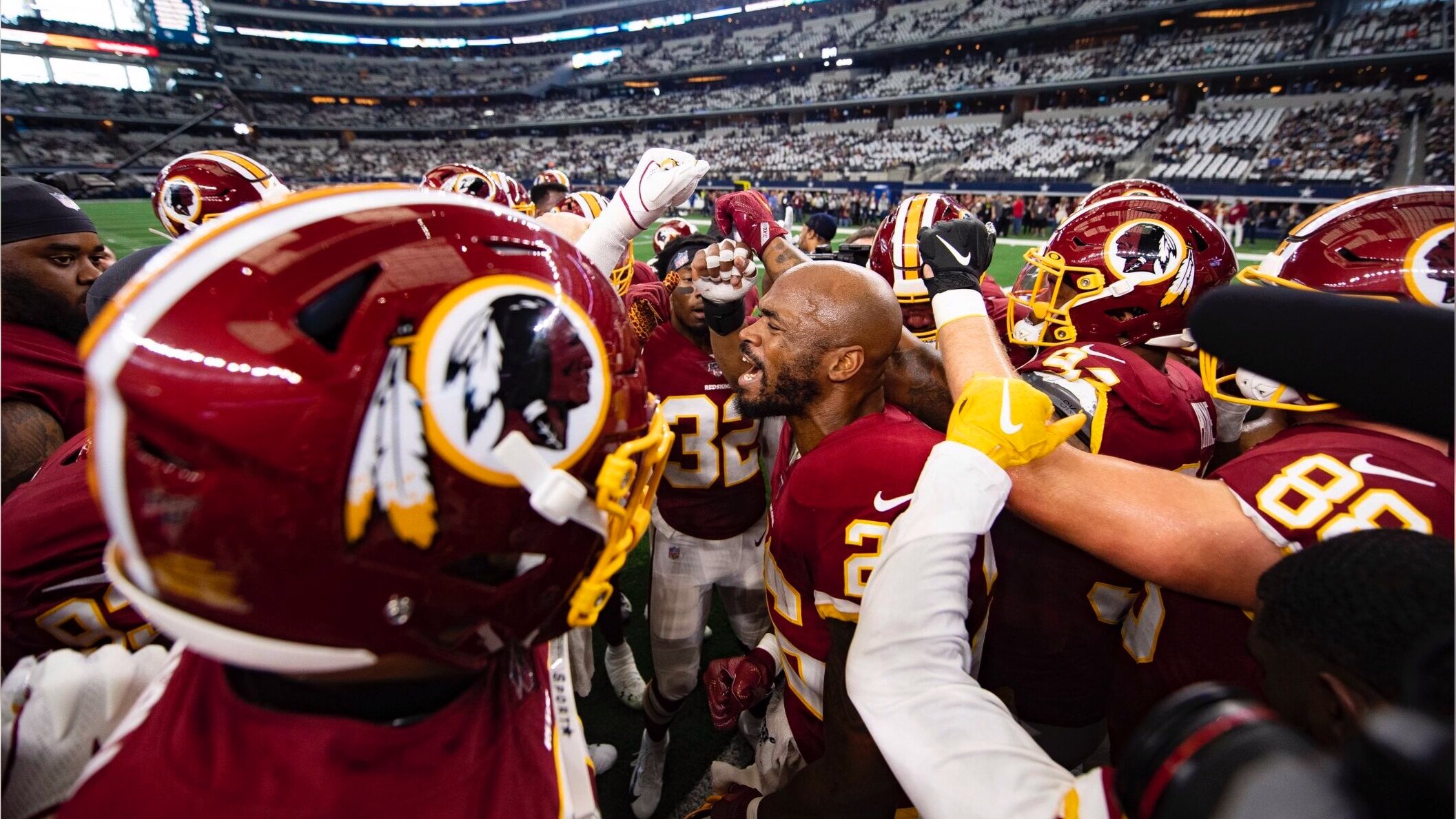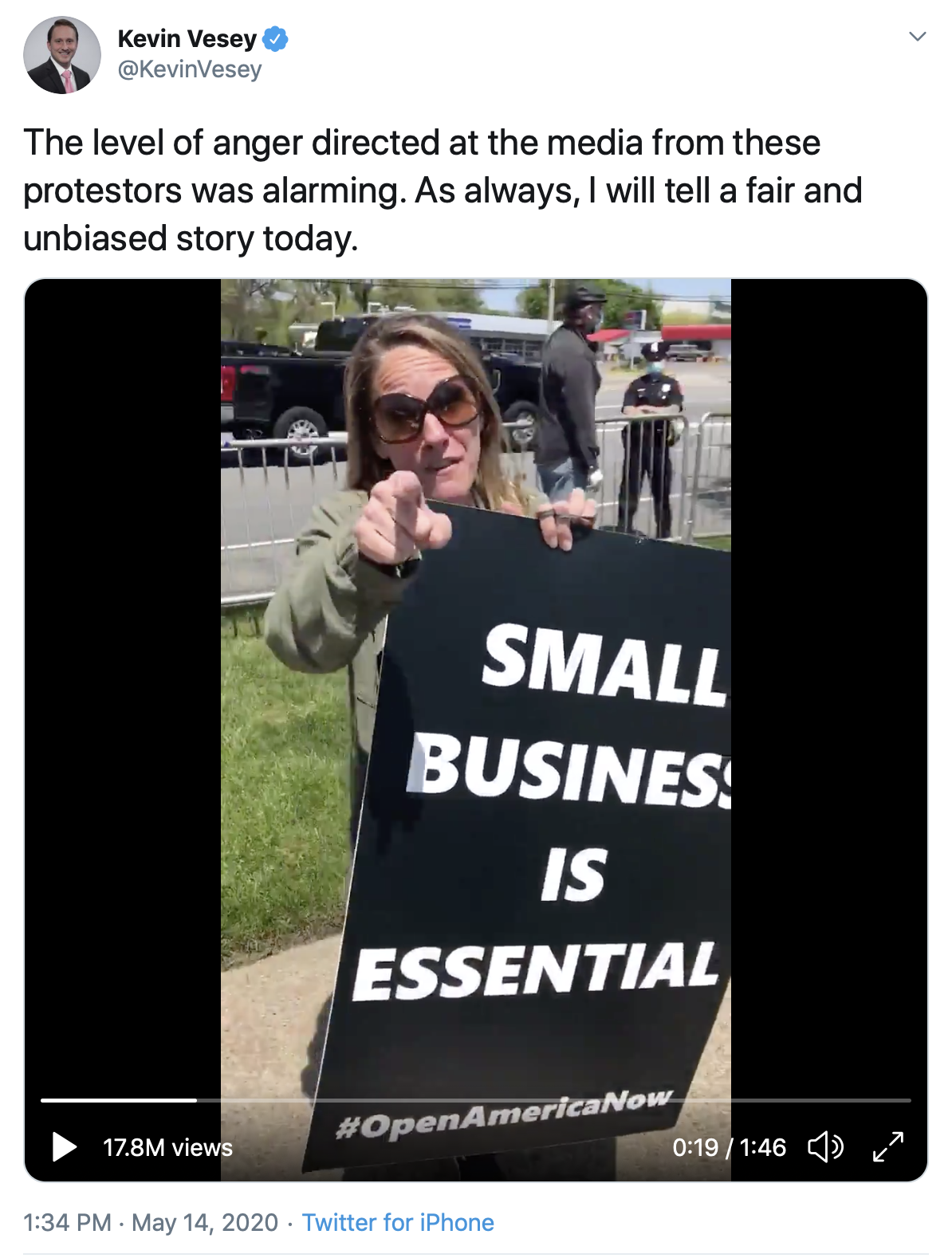I did not save any opinions for a book
/I at first disagreed with the criticism that investigative journalist Bob Woodward should have gone public right away with Donald Trump’s taped interview comments about the deadliness of the coronavirus in early February. Instead, Woodward held them for publication in his book “Rage.”
The claim is that Woodward would have saved lives if the public knew Trump was lying when he repeatedly downplayed the danger during the virus’ early stages in this country. But after three-plus years of relentless conning and fabricating, I don’t think people still trusting Trump for health information would have believed Woodward anyway. Even with Trump on tape (“It’s fake!”). I doubt an audio snippet could have changed their behavior or the consequences.
People assessing the threat based on a broader view of the evidence, not just on Trump’s portrayal, had plenty of other indicators – media stories, statements by other government officials, shutdowns in China – that the virus was serious business. They didn’t need a sneak peek of “Rage” to know to protect themselves.
But a related piece of Woodward’s book reporting, if known sooner, could have made a difference, a point insightfully offered on CNN on Thursday by Dr. Michael Saag, a professor of medicine and infectious diseases at UAB.
Saag contracted COVID-19 after he picked up his son in the virus hotspot of New York for a car ride back to Birmingham in early March. Neither knew the son was infected. The focus of their precautions was on avoiding dangerous contact with others, he said. They didn’t focus on the possibility of transmission by air. “That was at a time in early March when we weren’t 100 percent sure about aerosols. I wish I had known that because we would have worn masks and we would have kept the windows cracked…. We were thinking transmission by contact back then. It wasn’t right.”
Yet Trump told Woodward in early February, presumably based on government data and intelligence not available publicly, that the virus for certain spreads by air.
Bob Woodward
Woodward argues that everything the president told him about the virus was already known at the time. He also argues, more persuasively, that he needed time to confirm the truthfulness of the president’s statements. Still, he accomplished that by May. And probably, if the reporter had passed along his information to associates at The Washington Post, as he has done before, a team of reporters could have nailed it down even sooner. (One other time, though, Woodward apologized for not sharing a discovery with The Post.)
A more immediate revelation, of course, blows up the remarkable access that Woodward gained to Trump and other insiders based on the concept and timeline of a book. And that would be a notable loss, for heavily reported books that go deeper and portray a bigger picture over time shed light that the daily grind of stories cannot. “Rage,” which comes out on Tuesday, may be especially valuable as an exceptionally penetrating view of the Trump presidency just two months before the most consequential presidential election in many decades.
Journalists at major news organizations often want to write books that piggyback on their daily work. Organizations let them, including granting long stretches of book leave, because it adds credibility and prestige to their bylines, and because if they don’t, a prized staff member might jump to somewhere else that does. Usually, the writer and organization management have an understanding that significant news uncovered for a book should get offered first for publication on regular platforms. But books will never sell if they’re just rehash. Judgments about grey areas are constant.
“You just breathe the air, and that’s how it’s passed.”
The cost of delayed reporting is lower when revelations involve the important but still standard behind-the-scenes decision making and politics that characterize many of the books by journalists and former government officials these days. When the unearthed news is an actionable health or safety warning in the moment, though, the stakes don’t go any higher.
The president’s dishonesty aside, we didn’t need to hear a tape recording to know seven months ago to brace for a probable epidemic in this country. But knowing of airborne transmission is vital to defending against it, both now and then. It’s vital enough that neither the president nor a reporter should have withheld it.






















